
In August 2016, ESA issued a competitive invitation to tender for a Space Additive Manufacturing Benchmarking Centre. Among others, a bid was placed by the Manufacturing Technology Centre (MTC) in partnership with The Welding Institute (TWI), Magna Parva, and the Science and Technology Facilities Council Rutherford Appleton Laboratory.
After proposal evaluation this consortium was awarded the contract and the ESA additive manufacturing benchmarking centre (AMBC) was established in May 2017 led by the MTC in Coventry, UK. ESA was guided to set up this centre, with customers and industrial partners questioning them about the best way to explore 3D printing for the first time and examine the maturity of the results for their specific needs and applications. The AMBC provides a simple and easy way for ESA projects and hi-tech companies to investigate the potential of 3D printing for their work.
The idea is that ESA missions and interested companies can investigate this new engineering world up to the point where they can take a decision whether to adopt this technology or not. If the decision is positive, then they can mature the technology further and even in non-space markets and applications, counting on the support and expertise of this centre of excellence. As the UK National Centre for Additive Manufacturing, the MTC is in a unique position to work with ESA as their AMBC and provide the space sector access to state-of-the-art production capabilities and competence to support industrial exploitation. Newsletters are published twice a year to provide an update of the work carried out for the benefit of the space sector.
Working closely with ESA, Dr. David Brackett leads MTC’s activities for this Centre, and you can keep up to date with all the latest news by downloading our newsletters below:
ESA AMBC Newsletter #2 (Nov 2020)
ESA AMBC Newsletter #1 (Dec 2018)
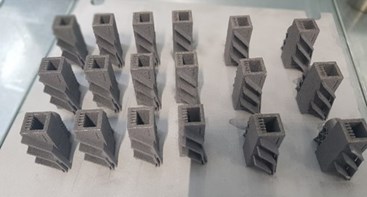
Additively manufactured (AM) materials usually suffer from high surface roughness as result their inherent manufacturing process. Affecting mainly fatigue life, this can be detrimental to overall mate…
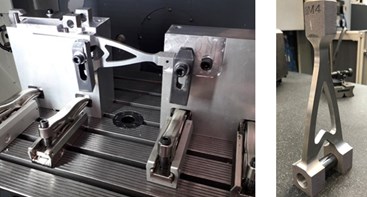
Despite the disruptive benefits of Additive Manufacturing (AM), the application of this technology for safety-critical structural parts in aerospace is still far from being achieved and standardised.…
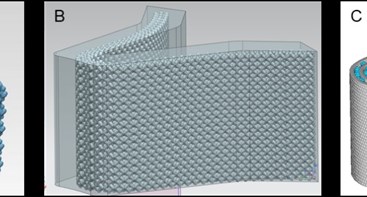
The current solutions for filtering down to such low filtrations rates include etched disk filters or wire mesh filters. The former of these is able to achieve good filtration rates over a large surfa…
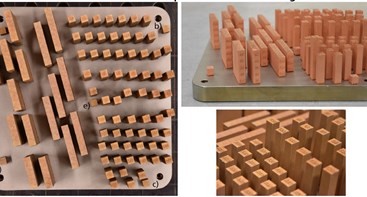
Liquid propulsion for launchers often requires rather complex thrust chamber assembly (TCA) liners, commonly produced of copper (Cu) alloys and reinforced with high-strength materials. Production of t…
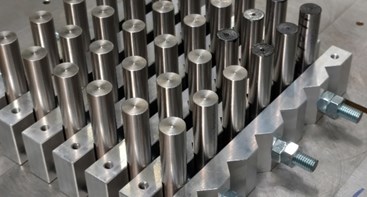
This project was a feasibility study investigating the combination of laser powder bed fusion (LPBF) additive manufacturing (AM) and traditional manufacture into a “hybrid” manufacturing process. AM i…
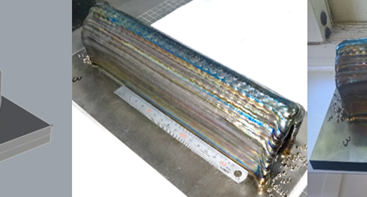
The International Berthing and Docking Mechanism (IBDM) is the European docking mechanism compatible with the future International Space Station (ISS) US Orbital Segment (USOS) docking ports. The IBDM…